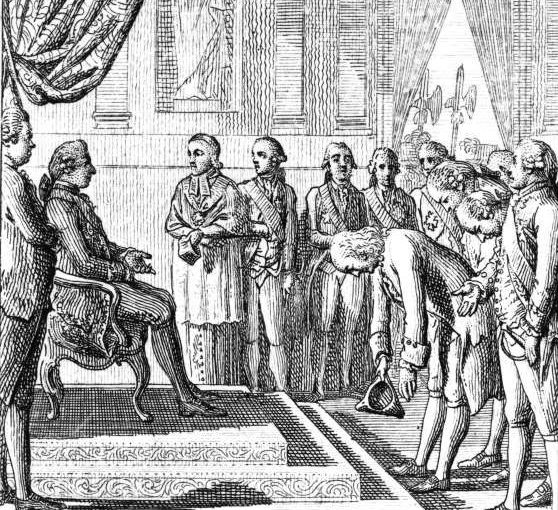- History of the Grand Lodge of Antioquia – Final Part - November 16, 2020
- History of the Grand Lodge of Antioquia – First Part - October 31, 2020
Click here to read Part 1 of the History of the Grand Lodge of Antioquia
The Supreme Neogranadino Council of the 33º Degree of the Ancient and Accepted Scottish Rite, based in Cartagena, was founded on 19 June 1833 and replaced the dissolved Grand Colombia [1]. This new Masonic Body held rights and privileges over the Masonic territories of Nueva Granada and founded the Logia Simbolica [2] and the Camara Escocista soon after its constitution. When on 1 January 1920 ended the predominance of the Supreme Neogranadino Council, the Ser. Grand Lodge of Colombia based in Cartagena agreed to adopt its lodges and the number sequence.
In the Treaty of Friendship and Recognition [3] the decree N. 6 established that the Ser. Grand Lodge of Colombia based in Cartagena had territorial jurisdiction over the Dept. of Antioquia together with several other territories as listed in the decree N.7 [4]. Yet when the GL of the Rep. of Colombia was established in Bogotá on 1 January 1922, it only recognised the decree N.7 [5] .
So how did the Dept. of Antioquia end up under the jurisdiction of the GL of the Rep. of Colombia based in Bogotá, at one point ? It is the aim of this paper to provide the answer to that question.
******
The decree No.6 of the GL of Antioquia’s Installation Manifest – see Part 1 – quoted the intention of the Ser. National Grand Lodge of Colombia, based in Cartagena, of terminating the Treaty of Friendship and Recognition [6] of 11 August 1921. The decree also stated that on that same day the Rep. of Colombia became a free and open territory, geographically as well as politically, integrated with the departments of Antioquia, Bolivar, Caldas & Valle and the National territories of Choco’ , San Adres and Province. This declaration placed the Triangle and the Symbolic Lodges under the jurisdiction and obedience of The Grand National Lodge of Bogotá.
The decree N.7 endorsed, retrospectively , the Patent given to Logia Fiat Lux N.14 and the Logia Victoria N.15 – both established in the Valley of Medellin – and it authorised them to unite with the Lodge Claridad N.12 to form the Grand Lodge of the Dept.of Antioquia. Thereafter these Lodges changed their numbers to Lodge Claridad N.1, Lodge Fiat Lux N.2 and Logia Victoria N.3. This deecree is of a paramount importance because it was responsible for the growth of Freemasonry in Colombia and for establishing Grand Lodges in the capitals of Departments where they did not exist until then . The creation and independence of the GL of the Dept. of Antioquia is reiterated in the “Resolution N.1” of the 1934 declaration , signed by the Grand Master A. Carlos Fetonti , which we show hereunder.
THE GRAND LODGE OF THE DEPARTMENT OF ANTIOQUIA WITH HEADQUARTERS IN MEDELLIN,IN THE EXERCISE OF ITS CONSTITUTIONAL POWERS AND CONSIDERING
1st. - that the successful, fantastic and courageous Masonic process of coming into existence that occurred in the last months of 1934, by the respectable Lodges Claridad 1, Fiat Lux 2 and Victoria 3 of this Orient, with the enthusiastic help of the Regular Bodies of Bogotá, with the decisive support of the Gran Logia de La República de Colombia based in Bogotá, with the approval of several Regular Workshops and with the cordial acquiescence of distinguished and meritorious Masonic personalities - not only of the Symbolic Chambers, but also of the high Philosophical Corporations - that brought the independence and sovereign Masonic jurisdiction and voice in the territory of this part of the Republic, today geographically called the Department of Antioquia;
2nd. - that this movement unfolded in the midst of the most unrestricted and recognized legality and the most deeply-rooted support for the old boundaries of the Institution;
3rd. - that the first victorious battle in favor of that beautiful revolutionary perspective, nobly born and fermented in the capital of the Republic and whose purpose is the creation of a Grand Lodge in each Department, the Colombian Confederation of those Sovereign Bodies , so that together and for the exclusive and sole good of our country, they return to the old days of Masonic splendor and carry out the redemption - not only ideological, but also economic - of this Country still mired in political intransigence and in the despondency of miserable religious groups
RESOLVES:
1st. – to present a kind and cordial embrace to the Regular Lodges of the Country.
2nd. – to hereby announce the creation of this Sovereign Body, and
3rd. - to put oneself at the service of any human liberation movement in general and always of every brother in particular,
Or ∴ from Medellín, February 16, 1935. e ∴ v ∴
The Grand Master A. CARLOS FETONTI
The Grand Orator RUBEN URIBE
The Grand Secr ∴ G ∴ SS ∴ and TT ∴
JUAN VALLEJO P. [7]
THE CATHOLIC CAMPAIGNS AGAINST THE ANTIOQUIA FREEMASONRY
In its years of operation, the Grand Lodge of the Department of Antioquia faced great hostility which eventually caused its disappearance. The forces that opposed its existence were the strong Catholic dogmatism of the time and the ill-disposed Deputy Grand Master Fernando Estrada[8] who ended up working for the opposing Grand Orient Bogotano when the latter decided to intervene in Antioquia in 1941. The GL of Antioquia did of course repudiate him. Yet it must be recognised that under Estrada, the Ancient and Accepted Scottish Rite was strenghtened in Medellin. On 22 May 1943 Estrada was elevated to the 33º degree and the following year he became the Grand Orator of the Supreme Council of the 33º Degree and held that office untill 1947.
The bucolic sermons of Miguel Ángel Builes against the Antioquia Freemasonry in the 1930s and 1940s were part of a policy of the Antioquia Church – no doubt supported in that by the Bogotana Church and by other conservative groups – against the prominence of Freemasonry in liberal governments, as well as in its rise in Medellin and other municipalities of Antioquia.
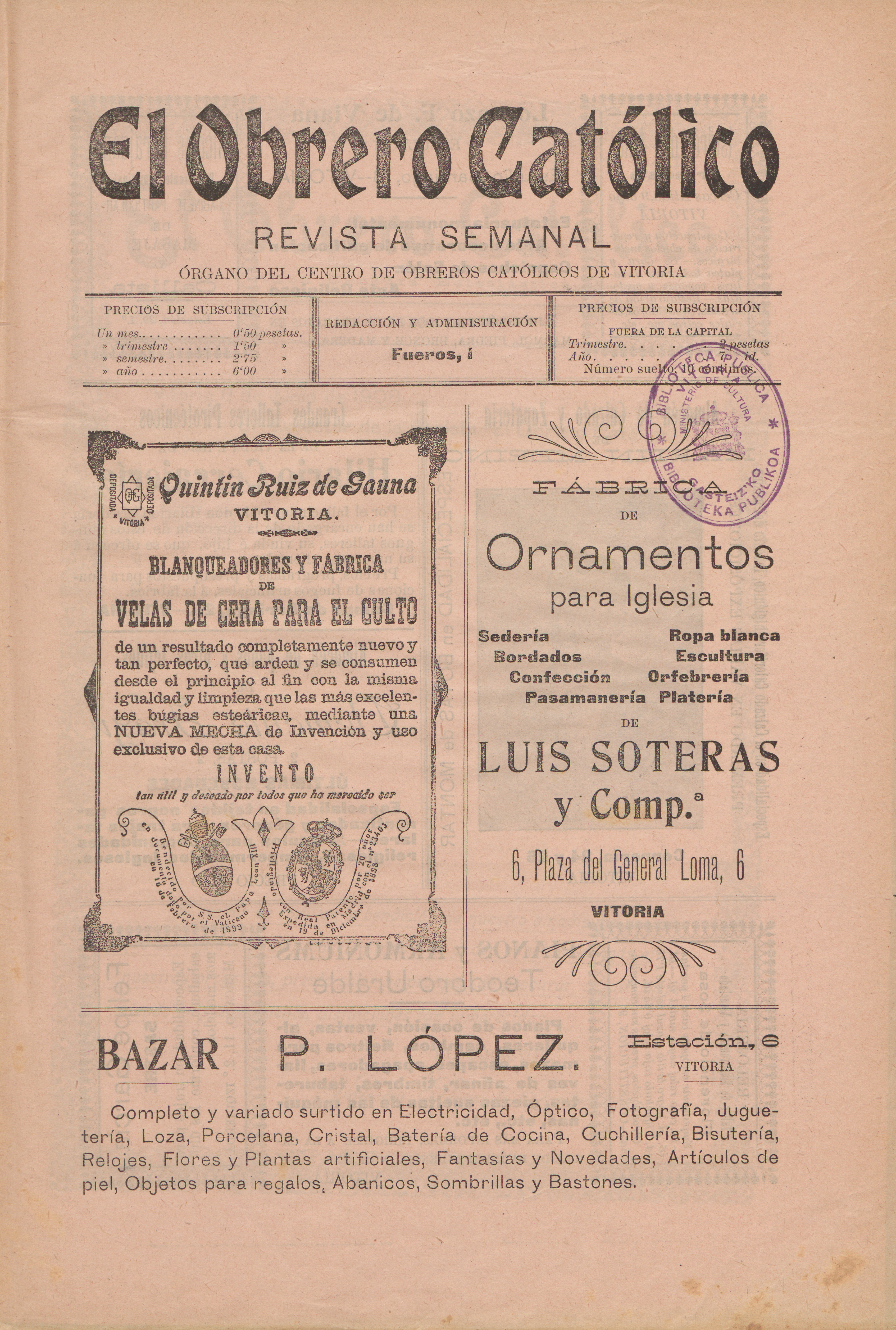
Defamatory campaigns were orchestrated in Bogotá by Laureano Gómez – of the newspaper El Siglo in Bogotá – and in the Medellin press by the conservative paper El Obrero Católico, which the Church used in Antioquia as the “Organ of Catholic Action”. Between 1937 and 1939 El Obrero Católico published the sermons of Builes as well as all kind of anti Masonic articles and gave them sensational headlines like:
- The Great Crimes of Freemasonry, published on January 9, 1937.
- The Freemasons: incarnation and instruments of Satan, published in two parts on June 5 and November 13, 1937. This headline was repeated in other articles published in the same newspaper in the following year.
- Las lodges assassins, written by Fray Mora Diaz and published on March 19, 1938.
And after the triumph of Franco’s armies in Spain at the beginning of 1939, El Obrero Católico published the dangerous headline “Franco has given a tremendous defeat to Judaism, Freemasonry and Communism” which, without realizing it, was giving support to Franco’s regime, one of the cruellest dictatorships in history. There clearly were anti-Semitic sentiments and intolerance in the way the Colombian Catholic Church operated at that time !
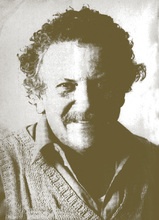
The historian M. Arango wrote :
It should be noted that in the 1930s and 1940s, the campaigns against Colombian Freemasonry carried out by the Catholic clergy and by Laureano Gómez were aimed at demonstrating that Freemasonry’s influence had infiltrated the Liberal Party and shared an international conspiracy against Colombia, promoted by an alliance between Freemasons, Communists and Jews.[9]
Despite having agreed on 17 August 1936 that the Department of Antioquia was under the jurisdiction of the Serenísima Gran Logia Nacional de Colombia based in Cartagena, the Gran Logia de Colombia based in Bogotá unilaterally intervened in the matters of the Antioquian Freemasons and submitted to the Great Commission of Jurisprudence and Legislation, a petition for establishing and recognizing two of its new lodges. The Commission approved and issued Patents to the Iris del Aburrá and to the Santa Helena and also authorized the installation of the Rosacruz Chapter General José María Córdoba .
Both the Lodge Santa Helena and the Chapter General José María Córdoba, were installed on 8 September 1941, but according to Arango the Rosacruz Chapter was operating well before that date. The proof rests on “the date of the certificates sent to its members[10]“. Indeed Arango reports that in the Masonic Temple of Medellín there is one such certificate, awarded to Brother Mauricio Daza Ovalle ,which is dated 2 September 1941. If there was a Rosacruz Chapter in Medellin, Arango claims, then it is right to assume that there would also have been a Lodge of Perfection of the Scottish Rite.
The other crime that the Bogotá’s Grand Lodge was guilty of when it chose to meddle in the GL of Antioquia’s affairs, was the refusal to recognize the existence of the latter and of the three lodges that constituted it. Such decision was taken on the basis of a report prepared in early September 1941 by a Commission of Investigation appointed by the Bogotá’s Grand Lodge , which also questioned the respectability of the Brethren of the Lodge Claridad.
The Commission’s document reads : “We were informed by the representative of the Supreme Council of the 33º Degree in the Department of Antioquia, Dr. Fernando Estrada, an honorable person of refined morals, that the activities of the Lodge Claridad culminated in the creation of the Fiat Lux and Victoria lodges, which were however constituted by the same members of the Claridad [who got together] just so that the Grand Lodge of the Department of Antioquia could be proclaimed”.
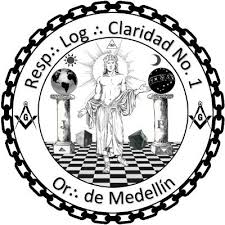
As for the Lodge Claridad and the activity of its Brethren, the Commission pointed out that it had arrived at the “sad conclusion that they are individuals who cannot be accepted in our institution, and that their Masonic activities are far from being Masonic ”.
The report – says Arango – was read out to the Grand Lodge of Colombia based in Bogotá on September 12, 1941. It is very difficult to evaluate today the veracity of those claims but let it be clear : only the Serenísima Gran Logia Nacional de Colombia based in Cartagena had jurisdiction over the GL of the Dept. of Antioquia. It was never the business of the Bogotá’ s Grand Lodge to interfere into Antioquia’s businesses. And how could the Commission have established the doubtful respectability of the Lodge Claridad’s Brethren with an investigation that lasted less than three days and was based on verbal information from a handful of individuals ?
On November 5, 1941 the Grand Lodge of the Department of Antioquia, as might be expected, issued a statement rejecting the claims of the Bogotana´s Commission . It was signed by the Grand Master Martín Acevedo and the Grand Chancellor Eugenio Pastor. The GL also issued the decree N.245 to remind all that the Grand Lodge of the Department of Antioquia was constituted on 16 December 1934 “as an independent sovereign body” with the Lodges Claridad No. 1, Fiat Lux No. 2 and Victoria No. 3 under its jurisdiction . The Grand Lodge of the Department of Antioquia also accused the Bogotá’s Grand Lodge that it had no right to violate the GL’s of Antioquia’s legitimacy by installing in that Department ” its own Lodge Iris del Aburrá and Lodge Santa Helena “ . In so doing it was perpetrating an illegal act of encroachment[11].
The GL of the Dept. of Antioquia followed its protests by declaring irregular the Iris del Aburrá and Santa Helena Lodges and by announcing the constitution of one new Lodge of its own , the José Janer Grau No. 4.
CONCLUSIONS
The major points that emerge from this study are:
- the causes of the division in the Bogotá’s Grand Lodge – which subsequently brought the GM Tulio Rubiano to found the Gran Lodge of the Dept.of Antioquia – were of political nature;
- to strengthen the position of the GL of the Republic of Colombia , Tulio Rubiano created other Grand Lodges in jurisdictions that belonged to other Orients, thus exposing his own GL to disapproval
- the GL of the Dept of Antioquia had effectively only the Claridad Lodge under its jurisdiction – which would automatically constitute the loss of Grand Lodge status ! – but it was never the business of the Bogotana Grand Lodge to intervene.Sometime later and through the intercession of the other Colombian Orients, the two Bogotá Grand Lodges resolved their differences. They joined in one new Grand Lodge and recognized that the jurisdiction of Antioquia belonged to the Serenísima Gran Logia Nacional de Colombia based in Cartagena.
Given that society was highly conservative and Catholic at the time the Antiochian Grand Lodge was founded, it became quite difficult for Freemasonry to develop in the region. The Catholic Church’s persecution of the Masons through the sermons of Miguel Ángel Builes, created conditions which eventually led the Grand Lodge of the Department of Antioquia to dissolve in the early 1940s.
The historian Arango explains that the lack of research into Freemasonry in Antioquia is 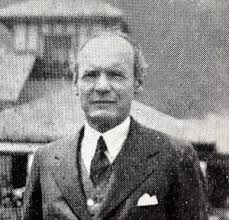 the reason we have a wrong opinion of it. Historians such as Américo Carnicelli (in the photo) and Julio Hoenigsberg Racedo [12], made very little mention of Antioquia Freemasonry in their works.
the reason we have a wrong opinion of it. Historians such as Américo Carnicelli (in the photo) and Julio Hoenigsberg Racedo [12], made very little mention of Antioquia Freemasonry in their works.
The North American historian Thomas Williford, in his book Laureano Gómez and the Masons 1936 – 1942, states that “in Medellín, the lodges were not very successful and in 1939 they were already in deep sleep“. He also claims that “Freemasonry was never very successful because of the power of Catholicism and conservatism in the capital of Antioquia “[13].
These assertions are only in part true because in that year both the Grand Lodge of the Dept. of Antioquia and the Lodge Claridad N.1 were operational and there were plans to raise the columns of the Lodges Fiat Lux and Victoria. The sermons of Miguel Ángel Builes and the strong and sensational headlines that the newspaper El Obrero Católico published – such as The Masons, incarnation and instruments of Satan – gave the Freemasons a bad image in the Antioquian society of the 1930s and 1940s. Such a distrust towards Freemasonry is no better demonstrated than by the refusal of the Catholic Church to give our famous Brother Carlos Gardel a Christian funeral [14].
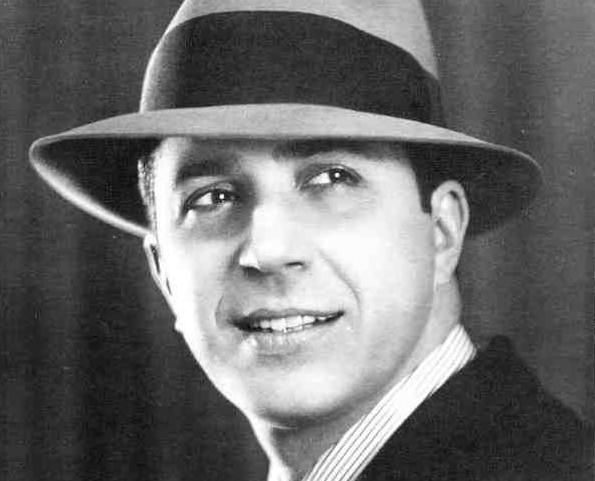
The reality was that the Antioquia Mason could never fit in the Antioquian society of the time for which Freemasonry and other intellectual and artistic activities only generated distrust and suspicions in those who practiced them. But it is undeniable that Freemasonry in Antioquia ,through the labor of professionals and liberal political leaders , had an important presence during the first half of the 20th century. Freemasonry was “a [real] force of cohesion and power”[15].
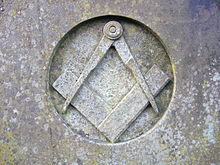
No part of this article may be reproduced without permission from the author. The Editor of Tetraktys takes no responsibility for the correctness of the facts and dates reported in this article which remain that of the author.
[1] On 21 November 1831
[2] The Symbolic Lodge or Blue Lodge , often called simply Lodge, comprises of three degrees: 1º Apprentice, 2º Companion and 3º Master Mason
[3] Signed on 11 August 1921 between the GL of Cartagena Barraquilla and the Supr. Council Neogranadino of the 33rd Degree of the Antique & Accepted Scottish Rite
[4] Cundimarca, Cauca,Huila, Narino and the intendencias of the Meta and Comisarias de Vaupes, Putumayo and Caqueta’.
[5] as the documents that its Grand Master Tullio Rubiano signed in 1933 prove
[6] Treaty of Friendship[1], Peace, Jurisdiction and Limits which attested that the GL of the Rep. of Colombia had jurisdiction over………
[7] Manifesto, saludo, instalacion e historia de la “Gran Logia del Departemento de Antioquia”, con Sede en Medellin (Col.),16 de Diciembre 1934
[8] Former Venerable Master of the Resp. Lodge Sol de la Montana which operated under the jurisdiction of the Ser. Gran Logia Nacional de Colombia, based in Cartagena.
[9] Mario Arango Jaramillo, Masoneria y Partido Liberal, otra cara en la historia de Colombia (Medellin, editorial Corselva, 2006), p.416
[10] Mario Arango Jaramillo, Masoneria y Partido Liberal, otra cara en la historia de Colombia (Medellin, editorial Corselva, 2006), p.422
[11] Mario Arango Jaramillo, Masoneria y Partido Liberal, otra cara en la historia de Colombia (Medellin, editorial Corselva, 2006), p.423
[12] Por: Mario Morales Charris, 33º , Ex Gran Maestro de la Muy Resp\ Gr\ Log\ del Norte de Colombia
[13] Mario Arango Jaramillo, Masoneria y Partido Liberal, otra cara en la historia de Colombia (Medellin, editorial Corselva, 2006), p.431
[14] Jorge Sturla, La Muerte de Gardel, Cronica, junio de 1971
[15] Mario Arango Jaramillo, Masoneria y Partido Liberal, otra cara en la historia de Colombia (Medellin, editorial Corselva, 2006), p.431

